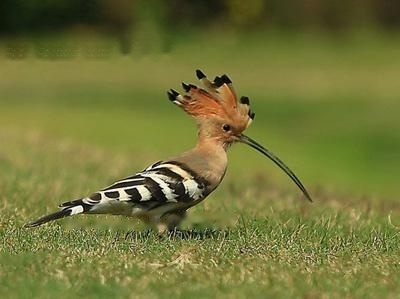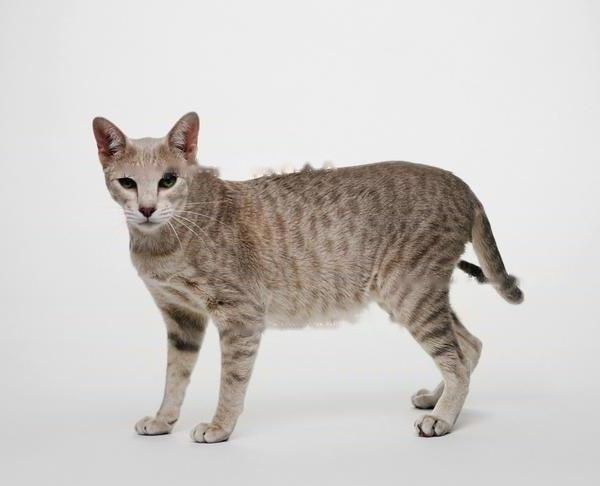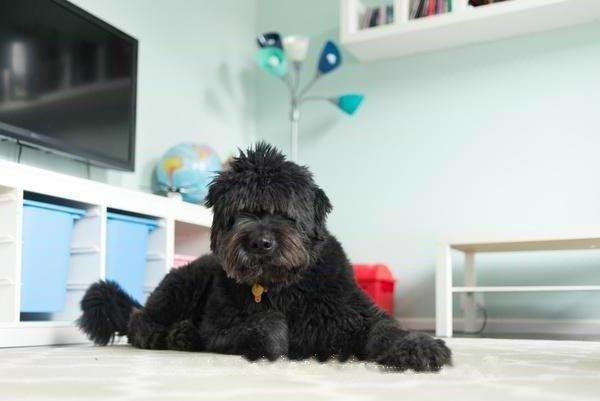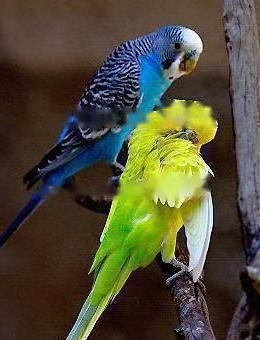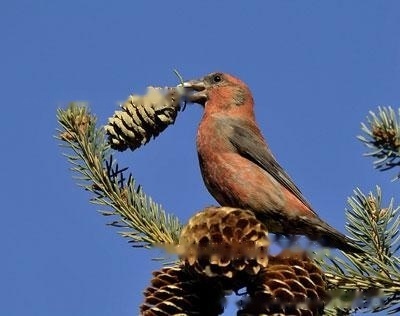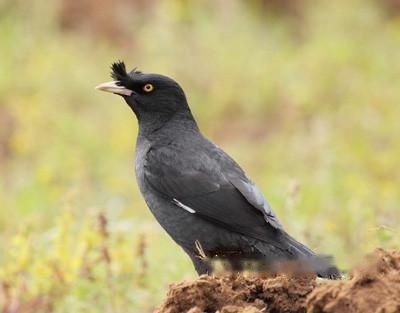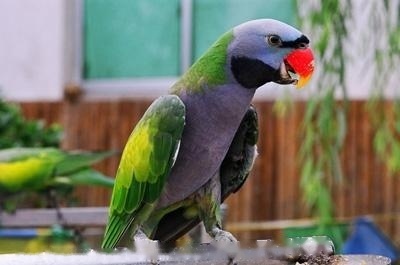V. Colors Budgies generally grow up to about 5 months to breed, and the colors range from light to dark: white, milky white, yellow, bright green, dark green, olive green, gray green, sky blue, cobalt blue, dark blue, light violet , violet, ash, carbon black 14 categories.Budgerigar species can be divided into 20 categories: 1. The most common budgie species in Base Color. 2. Opaline {pattern variation} The main difference between Opaline and the original species is the striped feathers on the back, and the blue and white series (including sky blue, cobalt blue, violet, white) have opal The outer color of the dorsal feathers is blue, and the outer color of the back feathers is white. Yellow-green series (including bright green, dark green, olive green, lemon yellow) with opal is green, without yellow. The gray series (including gray and carbon black) is gray with opal, and white without it. Features: There is an inverted triangle solid color area on the back, and the end of each wing feather shows the same color as the body. 3. Greywing (Grewing or Clearwing or Dilution) {color variation} The first two English translation names of Greywing are "Grewing" (referring to the pattern changing from black to gray) and "Grewing". "Bright wings" (referring to the change of the color of the wings from dark colors based on black to bright colors based on light colors) are all from the wings. And "dilution" refers to the process in which the wing pattern, along with the body color, is diluted and lightened. Generally speaking, the gray wings are the pattern that has been diluted from the original black to different degrees of gray, and the blue-green on the body is also diluted to different degrees of light green and light blue. Features: Compared with the original species, the black runes on the body are faded to gray. 4. Cinnamon {Color Variation} It is similar to "Grey Wing" in that it has a change in wing color, but the difference is that the grey wing's wings are diluted gray, while the cinnamon wing has a color change. It is diluted to a "cinnamon" that is close to brown. Features: Compared with the original species, the black runes on the body are all faded to brown. 5. Yellow/albino species (yellow/white red eye) (Lutino) {color variation} Lutino species is a variation of color, that is, all symbols on the green body disappear, and melanin is completely replaced, Green is diluted to yellow. The iris of the eyes also changed from black to red, one of the few breeds that also mutated the color of the iris. Albino species are similar to luteinized species, in that albinism is formed by a bluing of a yellowed bird. The characteristics are similar to those of yellowing, but the difference is that the whole body is white. Features: red eyes, pure yellow/pure white feathers. 6. Spangle is actually the color structure of the wings and the structure of the original species is completely reversed. The area that should be black in the original species is white on the spangle and is Where the fish scales are white, they are black. Because black becomes the color of the outer circle, the scale species has much less black than the large distribution of the black area on the wings of the original species. Features: The edge of each feather is black, and the rest is solid color, corresponding to the color system. 7. Dominant Pied (Dominant Pied, Recessive Pied, Clearflight Pied) {pattern variation} is divided into three categories: Dominant Pied - Inheritance Type: Dominant Inheritance As long as one parent has a dominant gene, the offspring will have offspring with the same or similar traits. Features: The two large wings are solid color, and there are white circles under the eyes when they are adults. Recessive Pat - Inheritance Type: Recessive parents must both carry the same recessive gene in order to pass the recessive trait to their offspring. Features: The black runes on the body are irregular and fuzzy, and there are no white eye circles in adulthood. Bright flight feathers only have the flight feathers at the end of the wings faded to pure white or pure yellow. The spots and lumps that appear on the body are also relatively small, and there is usually some clear body feather color on the neck. There are also clear feather patches on the back of the head. 8. Yellowface {color variation} Normally green birds (bright green, dark green, dark green, gray green, yellow...) have yellow faces, while blue The bird (sky blue, dark blue, violet, inky, lilac, grey, white...) has a white face. When the blue white face is replaced by the yellow face. These birds are called yellow-faced species. Features: The body is a blue bird with a yellow face. 9. Crested {hair type variation} Crested feathers belong to the change of hair type, which can be roughly divided into 3 types: "tufted crest feathers, semicircular crest feathers, round crown feathers" Feather (full crown)" three kinds. At the same time, Japan also has a crown-feather variety that appears with the curled back, which is called the crown-feather curled back. The characteristic of the crown feathers is the shape of the feathers on the top of the head, usually with symmetrical hair type as the aesthetic standard. Features: hair type variation. 10. Fallow {special variation} Fallow is the only species with red eyes other than yellow/albino and lacewing, and all kinds of markings may appear in Fallow. On the music. Characteristics: variegated feathers, red eyes, feathers with a slight cinnamon dip effect.
|
